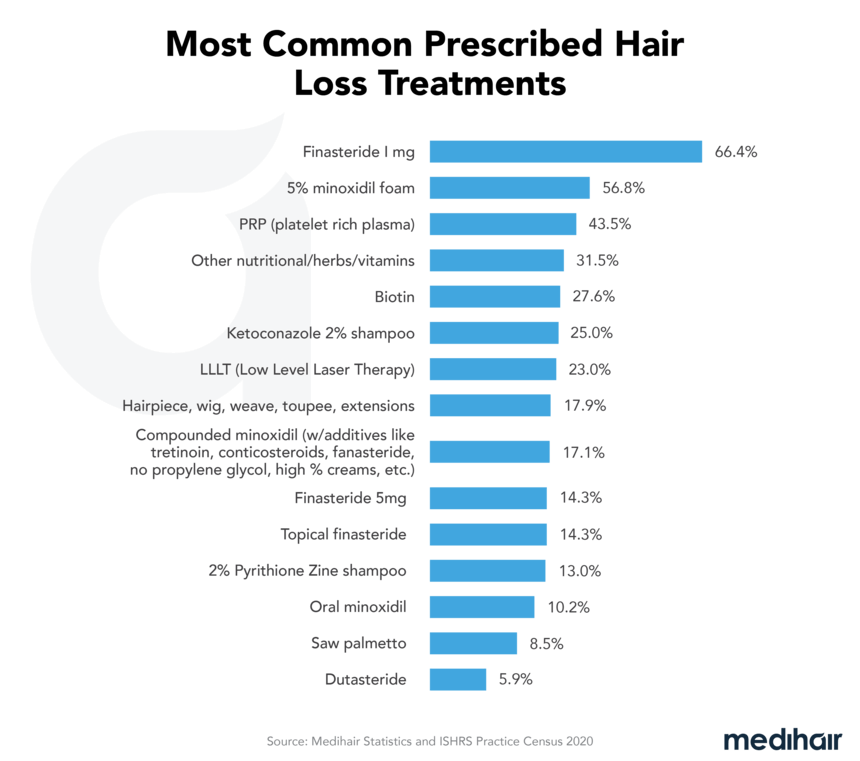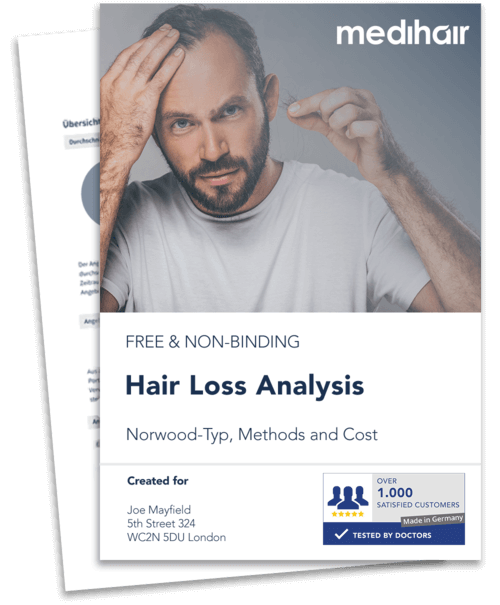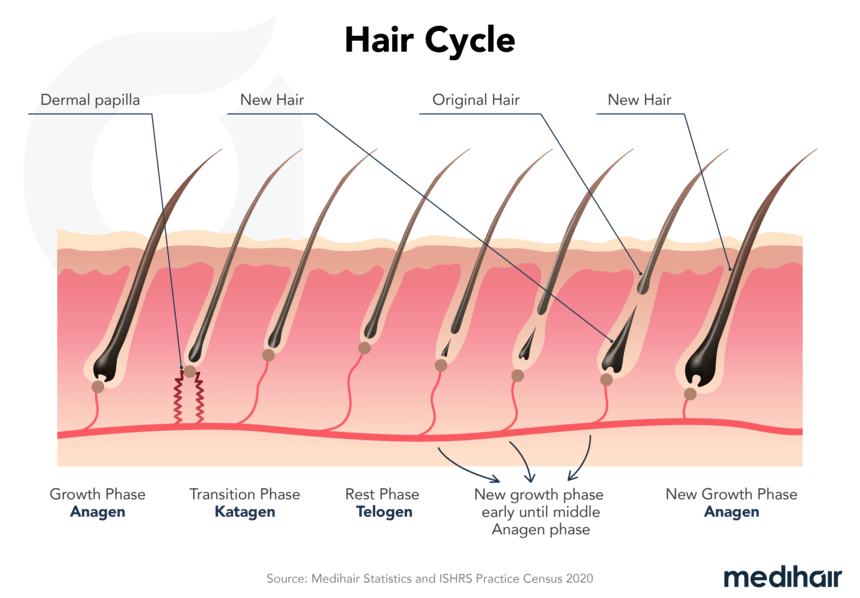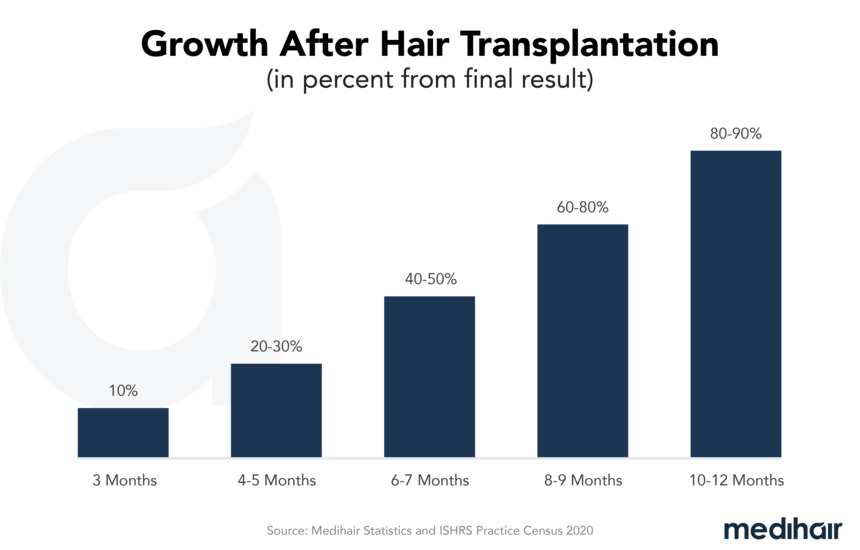Dutasteride Against Hair Loss

Dutasteride is one of the go-to drugs to combat male pattern baldness. It’s usually prescribed to males suffering from advanced hair loss, who haven’t found success with other treatments, like finasteride. This article will explore how dutasteride helps work against hair loss, its potential side effects, and how much it costs.
Most Important Findings
| How does it work? | Blocks production of DHT |
| Side effects | Decreased libido... |
| Who can take? | Adult males |
| When first results? | 3-month mark |
| Costs | $12 - $14 |
| Alternatives | Finasteride, Minoxidil, hair transplant |
| Study | Result |
|---|---|
| Sujit J S Shanshanwal, Rachita S Dhurat et al (2017) | 90 men with androgenetic alopecia were recruited and randomized to receive 0.5mg of dutasteride and 1mg of finasteride over a 24-week period. The dutasteride group showed a significant increase in hair growth, going from 223 hair per cm[2] to 246 per cm[2]. The finasteride group showed a slightly lower increase, going from 227 to 231. |
| Dow Stough et al (2007) | The efficacy of dutasteride as a hair growth drug was compared with a placebo in 17 pairs of identical twins. One twin from each pair was given 0.5mg/day dutasteride for 12 months. Whereas the other was given the same amount of a placebo. After obtaining results through standardized clinical photographs and hair counts, researchers reported that dutasteride significantly improved hair growth at the 1-year mark compared to the placebo. |
| Elise A Olsen et al (2006) | 416 men, aged 21 to 45, were randomized to receive 0.05, 0.1, 0.5, and 2.5mg doses of dutasteride daily over a 24-week period. A control group selected at random was given equal amounts of placebo. While all dutasteride groups showed a marked increase in hair growth and testosterone, the greatest increase was seen in the 2.5mg group. |
- Free
- Fast
- Non-binding
| Study | Result |
|---|---|
| Rev Urol. et al (2004) | This study reviews the existing literature on both dutasteride and finasteride’s sexual side effects. The results show that dutasteride can cause decreased libido, impotence, sexual dysfunction, and ejaculation disorders. |
| Jason M. Hirshburg et al (2016) | 5mg: erectile dysfunction (3.4 to 15.8%), decreased libido (2.36 to 10.00%), ejaculation complications (0.9 to 5.7%). |
| Abdulmaged M. Traish et al (2020) | Long-term reliance on dutasteride may prove to be dangerous. As the drug increases risk of non-alcoholic fatty liver disease, type 2 diabetes, dry eye disease, and kidney dysfunction. |
| Dutasteride | Finasteride |
|---|---|
| Dutasteride inhibits both type 1 and type 2 isoenzymes of 5α-reductase, both of which are responsible for the production of DHT | Finasteride inhibits only type 2 isoenzyme of 5α-reductase |
| Continued use of dutasteride leads to a 99% reduction in serum DHT levels | Continued use of finasteride leads to a 70% reduction in serum DHT levels. |
| Available as 0.5 and 5mg tablets | Available as 1 and 5mg tablets |
| Dutasteride | Minoxidil |
|---|---|
| Specifically tailored to treat male pattern baldness | Used for stop hair loss in both men and women |
| Dutasteride’s efficacy as a hair growth medication is significantly greater than Minoxidil. | Minoxidil’s efficacy as a hair growth medication is significantly lower than Dutasteride. |
| Only available in pill form | Available in both topical form and pill form |
| Using dutasteride can cause severe side effects like erectile dysfunction, lower sex drives, and skin disorders. | Minoxidil can only cause minor side effects, including swollen ankles or feet, chest pain, and headaches. |
Frequently Asked Questions
Are dutasteride results permanent?
How dangerous is dutasteride really?
Sources



